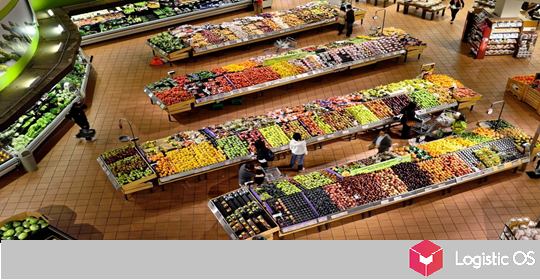In March, the index of world prices for food products increased. It is emphasized that this is the first increase in the last 7 months.
The UN Food and Agriculture Organization (FAO) published data showing that in March the food price index increased by 1.1% compared to February.
The main drivers of index growth were the rise in prices for vegetable oil, milk and meat.
The oil price index added 0.8%.
The reason for the growth was that importing countries, primarily Asian, maintained demand at a high level, while in oil-producing countries there was a decrease in product output.
If we talk about soybean oil, then it is becoming more expensive, including due to the high demand for it as a raw material for biofuel, which is actively produced and used in the USA and Brazil.
Prices for dairy products are growing especially rapidly, and we have seen an increase for the sixth month in a row.
If we compare March with February, these prices increased by 2.9%.
First of all, cheese, as well as butter, are actively becoming more expensive. Here the reasons are practically the same: in Asia there remains a high demand for these products, while stocks in Europe are decreasing in the meantime.
At the same time, experts are confident that high prices for dairy products will remain for a long time, because large producing countries in the West limit the development of these industries with the help of the “green agenda”, so supply in the world will lag behind demand.
Meat increased in price by 1.7% in early spring.
Despite the high supply, demand from countries that import this type of food remains even higher, which causes high prices.
This also applies to pork and beef. The only exception was lamb, the supply of which from Australia significantly exceeds demand.
Which products are currently becoming cheaper?
At the same time, a number of products show negative price dynamics. For example, world export prices for wheat have been declining for the third month.
Experts attribute this to the fact that serious competition has arisen on the world market between manufacturers of this product, including Russia, Europe and the USA.
In addition, China has reduced purchases of wheat, and the US and Russia have good prospects for the harvest this season, all of these have become the factors that are pushing wheat prices down.
In addition, sugar is also becoming cheaper, this is largely due to the fact that sugar cane harvesting is currently underway in India, and sugar production forecasts have been increased.

